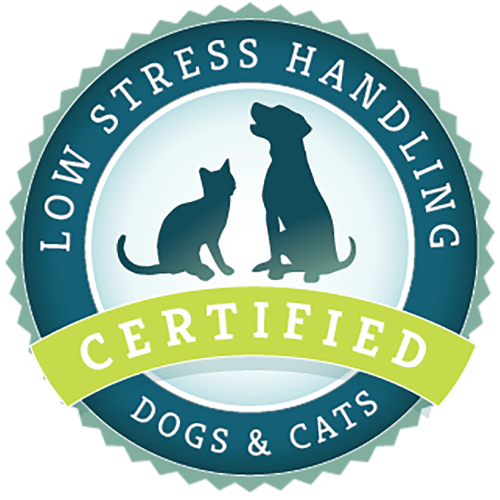What article are you looking for?
Category: Articles by Dr. Sophia Yin
New DVD: Learn the Skills to Handle Your Reactive or Hyperactive Dog
“A month ago we couldn’t even take Boo, our Lhasa Apso mix, out on walks because he would bark and lunge at other dogs no matter how far away they were. It was embarrassing and even dangerous,” says Theresa Montemayor. That changed in October, after Theresa and her husband David attended Dr. Yin’s Reactive Dogs Workshop in Davis, California. After just a couple of weeks, Boo was good enough so that he could participate in a class full of dogs. “Now, with a gentle leader head collar, he can go on walks with no problem—even when he has to pass a lot
A Scientific Approach Can Help You Solve Many Types of Possession Aggression, Part 2: Other Dogs
Last time we looked at how to use a science-based approach (use of counterconditioning) to dealing with dogs with food bowl aggression and saw that by approaching the problems systematically the solution was pretty straightforward. So how do we tweak that approach to the case where the dog is food aggressive only towards other dogs?
A Scientific Approach Can Help You Solve Many Types of Possession Aggression, Part 1: Food Bowl
For instance, I accidentally left my treat bag on the hill at a park with a friend and her dog went to sniff it. Rosco attacked him and made him bleed! Yesterday I was playing fetch by the water and another dog came by to investigate the toy I was throwing and Rosco attacked him (They had been playing together so nicely until I made the mistake of getting his throw toy out of the car). I also think he would be possessive aggressive if I have a treat bag and another dog approaches. What should I do? SignedPuzzled in
One Animal Behavior Intern Learns the Importance of Applying Science to Training
When I started training my first dog in 1985 I did everything my trainers told me but made slow progress. It wasn’t until years later, when I learned the scientific principles that guide learning in animals that I learned to train efficiently and to easily solve new training problems. Probably 90% of behavioral issues we have with our pets can be solved by understanding and applying the basic learning principles. (For more information see our new DVD: Pet Dogs, Problem Dogs, High Performance Dogs: How Science Can Take Your Training to a New Level). Here are some examples described by
Dog Class: Week 1 of our Family Fido: Training for People and Their Pooches Class
It’s week 1 of our quarterly 7-week dog class and we have some fun and exciting updates in store. First, this quarter two of our student employees, Lynna and Lauren, get to teach one exercise each week. That allows me and co-instructor, Melissa Morris, CPDT-KA, to assist with the demo so that there are more “demonstrators” for the participants to watch. It also allows us to test out our curriculum for training new instructors to teach our specific training program. As usual, the set of classes started off with our introductory workshop-game show. In this workshop, we find out about
Treat & Train® Allows Everyone to Train with Good Timing
When it comes to training our dogs, we all have some physical and coordination challenges at times. When you’re confined to a wheelchair those challenges can be amplified. It’s at those times that something like the Treat&Train®, remote controlled food reward device can come in handy. Just ask Ashley Anderson, a third year veterinary student from the University of Wisconsin School of Veterinary Medicine. “We got our St. Bernard puppy, Lucy, when she was 10 week old,” states Ashley, and we put her in puppy classes right away. She behaved very well for me. She was always eager to learn and

Low Stress Handling® Silver-Level Certification
Individual Certification at this level demonstrates to clients and employers the individual’s dedicated interest in Low Stress Handling®. Hospital Certification at this level demonstrates to clients and staff the hospital’s commitment to appropriately training staff in Low Stress Handling® methods.
Learn More
